After the storm: Two months after Hurricane Beryl
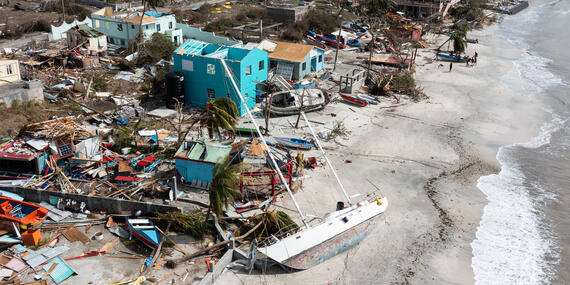
By Marc Belanger
“When we arrived in Carriacou, we saw everything completely destroyed,” reports Gonzalo Velasco of the UN Disaster Assessment and Coordination (UNDAC) system.
This sobering summary could well have come from any small island on Hurricane Beryl’s path as it transformed from a tropical storm to a major hurricane in less than 48 hours.
This rapid change in intensity left Grenada and Saint Vincent and the Grenadines, the countries on its most direct path, with little time to prepare for its 1 July landfall as the earliest category 4 hurricane ever recorded.
Beryl was only the second storm of what’s expected to be a highly active season, with up to 25 named storms.
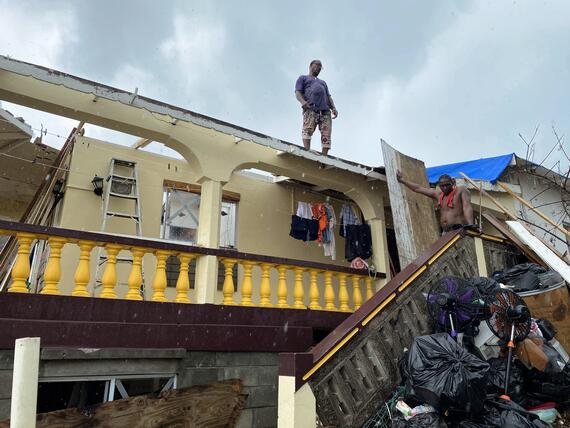
Beryl’s damage to water, power, communications, logistics, health infrastructure, shelters and agriculture was nothing short of devastating. Virtually every structure on Carriacou and Petite Martinique in Grenada, and on Union Island, Canouan and Mayreau in Saint Vincent and the Grenadines, sustained debilitating damage, driving thousands of people to storm-battered shelters or barely functioning alternative buildings.
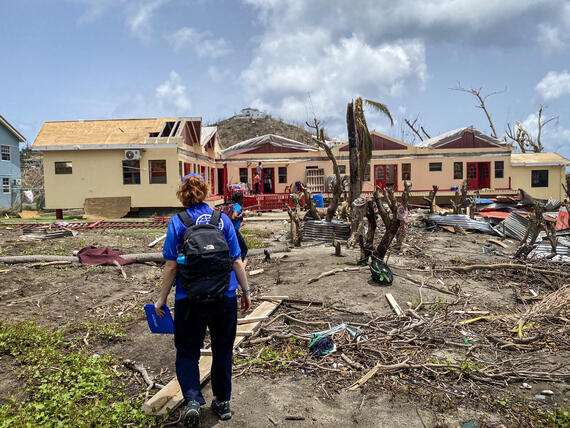
Amari, a shy 15-year-old from Union Island, admitted that he didn’t take the hurricane seriously until his family saw the howling white sheet of piercing rain headed their way.
“Union Island was a nice island. Beryl just destroyed everything,” he says.
As these smaller islands took stock of the storm’s aftermath, Beryl lashed southern Jamaica on 3 July. The country was largely spared, but Beryl’s raw power left its mark on Clarendon, Hanover, Manchester, Saint Elizabeth and Westmoreland.
OCHA swiftly deployed to the affected countries to support the authorities, the UN in Barbados and the Eastern Caribbean, the UN in Jamaica, and the Caribbean Disaster Emergency Management Agency (CDEMA). Speaking from Grenada, UNDAC’s Gonzalo explains: “We saw a lot of humanitarian needs.”
On Petite Martinique, CDEMA’s Rapid Needs Assessment Team was on the ground gathering information. The team included the International Organization for Migration, OCHA, the UN Population Fund and UN Women.
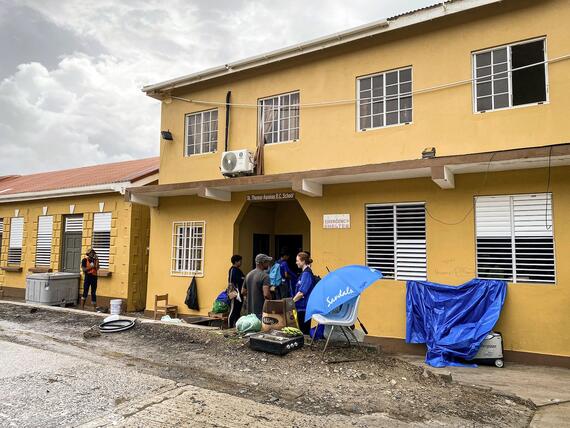
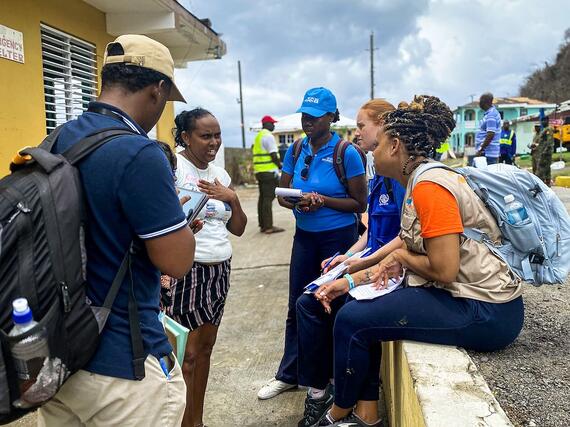
Samantha, a shelter manager, listed the needs at St. Thomas Aquinas School, activated as an emergency shelter during the storm: “Generators, lights, improved cooking facilities. There’s no running water either.”
Waste management was also an issue, with people resorting to burning rubbish.
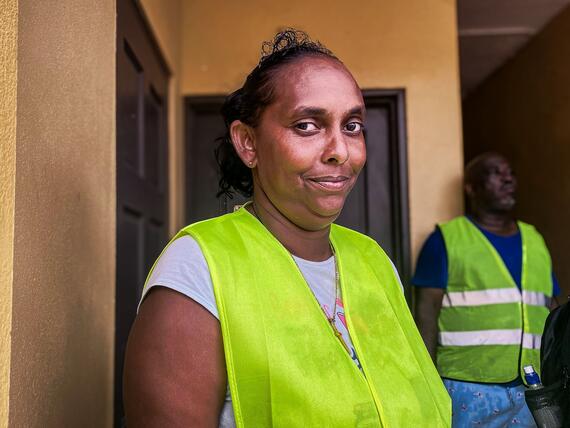
Samantha also worries about her two eldest daughters, ages 9 and 10, who stayed with her at the shelter. Her youngest, 3, was on the mainland during the storm.
“The children need toys, colouring books and treats to lift their spirits,” she notes.
These islands depend on their mainland, but Beryl’s damage to power, communications and logistics challenged supply delivery. Nevertheless, volunteers on Grenada banded together to ship whatever goods any working boat could carry.
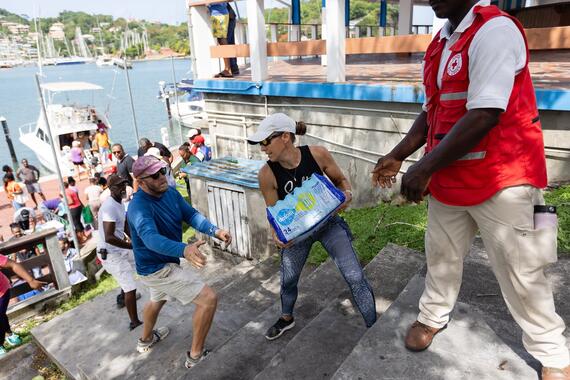
In Union Island, Canouan and Mayreau, many people evacuated to mainland Saint Vincent, which soon faced challenges in hosting people. Those who stayed were able to reconnect with loved ones from the mainland and receive support.
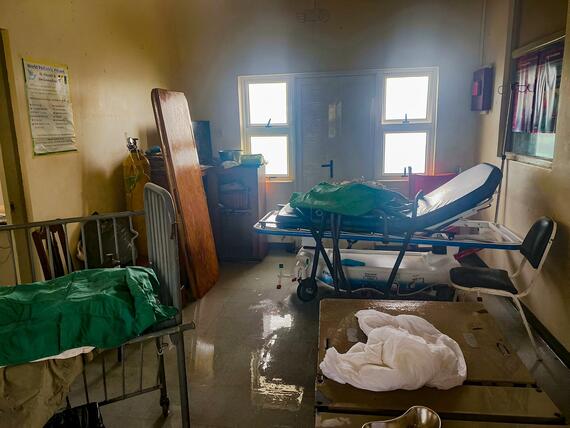
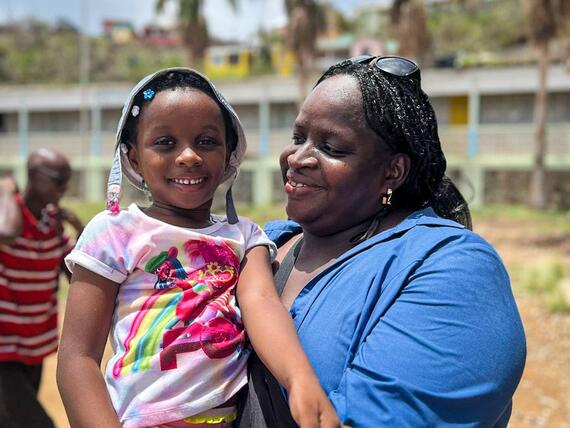
UNDAC member Almudena Montoliú García deployed to Union Island, where people are trying to get back on their feet after the near total loss of farming and fishing production.
“I see community,” says Almudena. “I see people who feel their land and long for the prosperity of their memories and what they have built with their hands.”
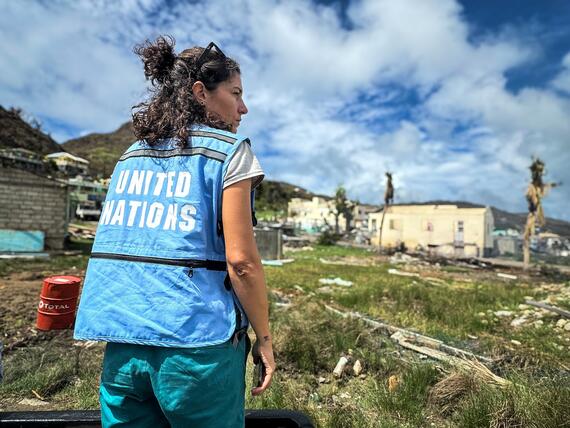
Fishing communities in Jamaica’s Clarendon and Saint Elizabeth parishes have similar concerns.
A local Clarendon fisherman explains: “It is a great damage that has been done… (We need to) replace fishing equipment, repair boats, repair engines and stuff like that to put our lives back together. That is the great demand right now.”
Carla spent days removing water from her Saint Catherine home. But she reflected on just how much worse it could have been:
“We live in a low-lying area, and you know the sea is close, so we always get this hit. But praise be to God, we didn’t get hit like how we normally get hit. Because if we did, you couldn’t stand out here.”
For Carla and her Old Harbour Bay community, resuming their fishing activities is crucial, even with the last of Beryl’s rains still falling.
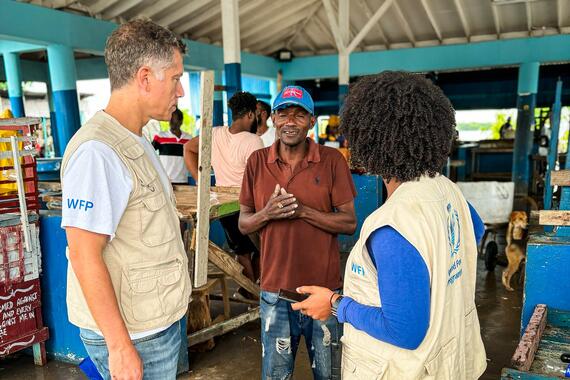
Juliane Gensler, an OCHA team member who deployed to Jamaica, notes: “This highly exposed fishing community lives with recurring floods, but they still have to make a living. Although it was a Saturday morning, we hardly saw any fish at the local market. It really doesn’t take a hurricane like Beryl for their livelihoods to suffer.”
Beryl affected as many as 80,000 people in Grenada and Saint Vincent and the Grenadines. An estimated 160,000 people in Jamaica, including 37,000 children, require aid.
The UN Central Emergency Response Fund swiftly allocated US$4 million on 3 July, with $1.5 million for Grenada and Saint Vincent and the Grenadines, and $2.5 million for Jamaica. A week later, the UN and partners launched a Regional Overview and Planned Response for Grenada and Saint Vincent and the Grenadines for $9 million, targeting nearly 60,000 people.
The situation after Beryl is evolving. The thousands of people affected are now looking to move on with their lives and keep their hopes high – even though the hurricane season’s peak is still on the horizon.
-
Donate to Beryl response at UN Crisis Relief
This story was originally published on OCHA Exposure.
